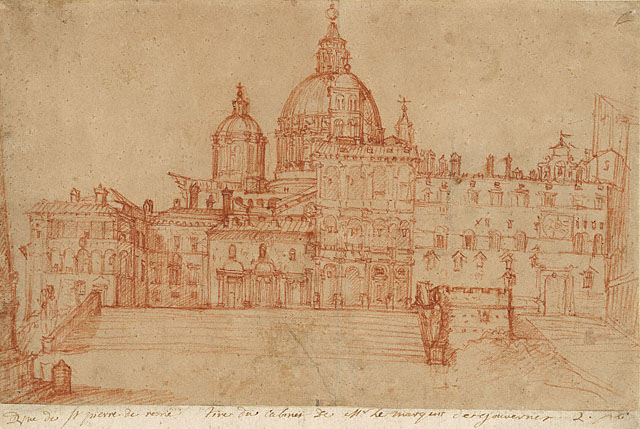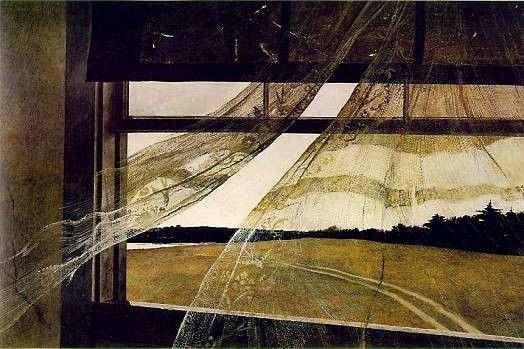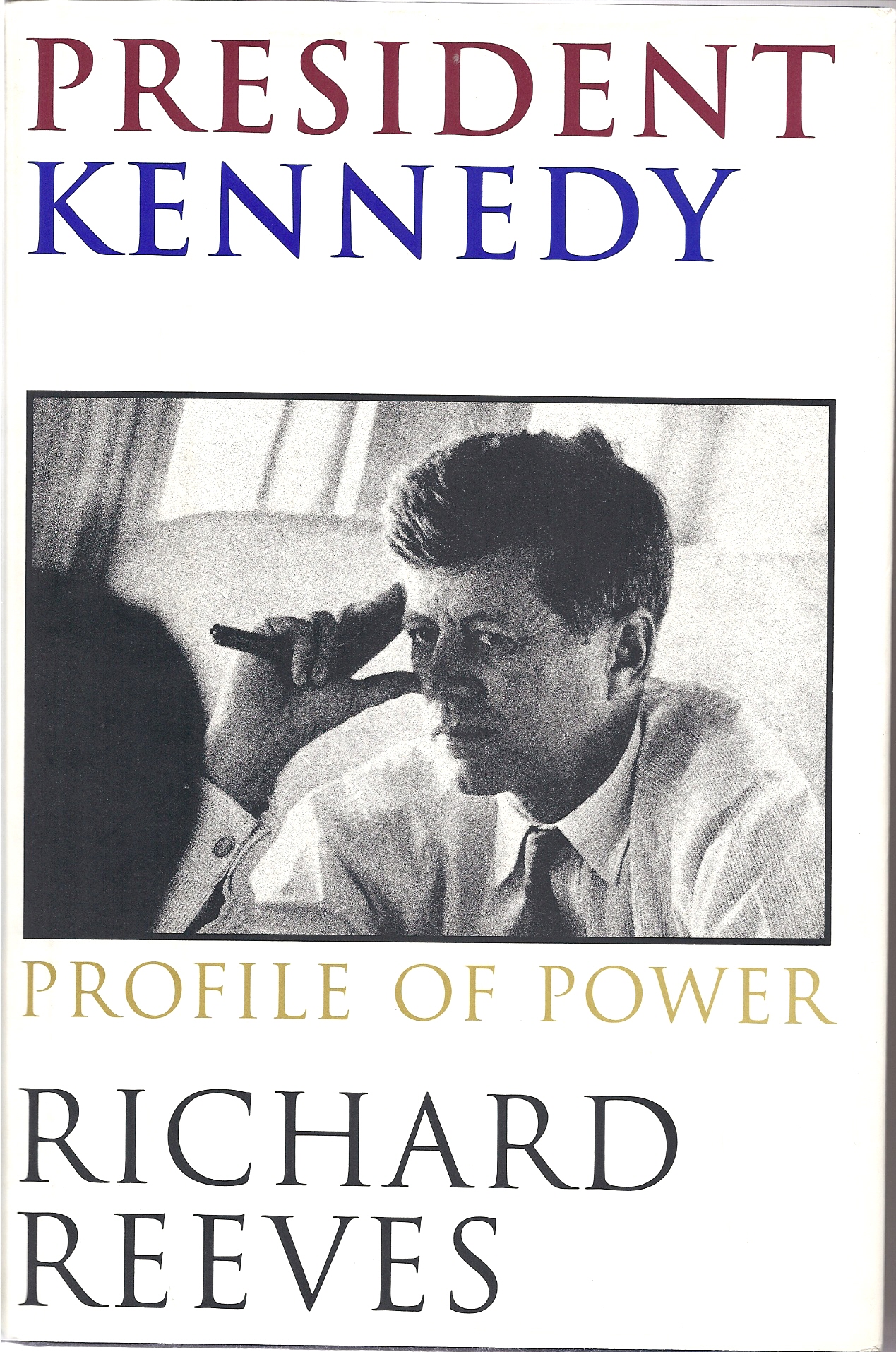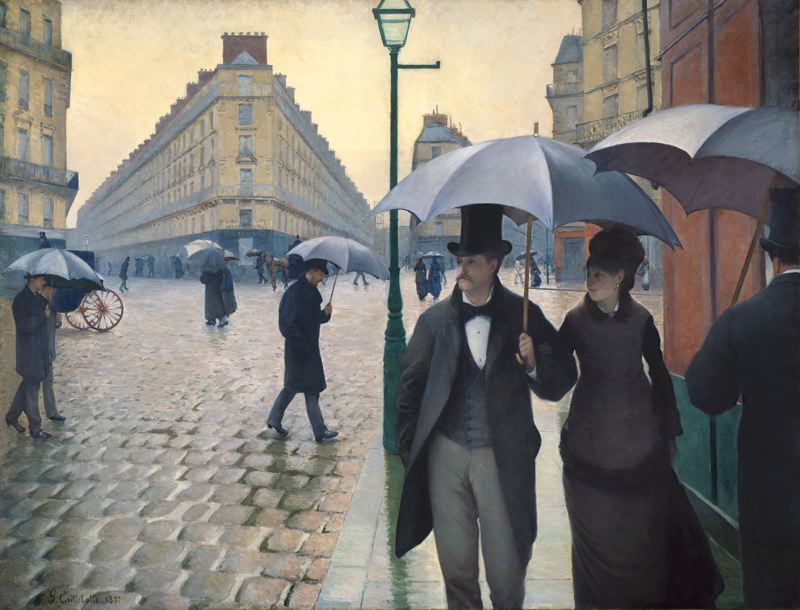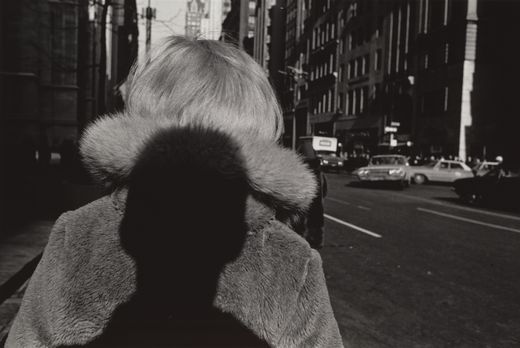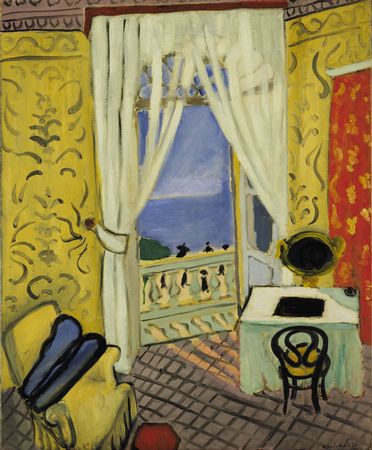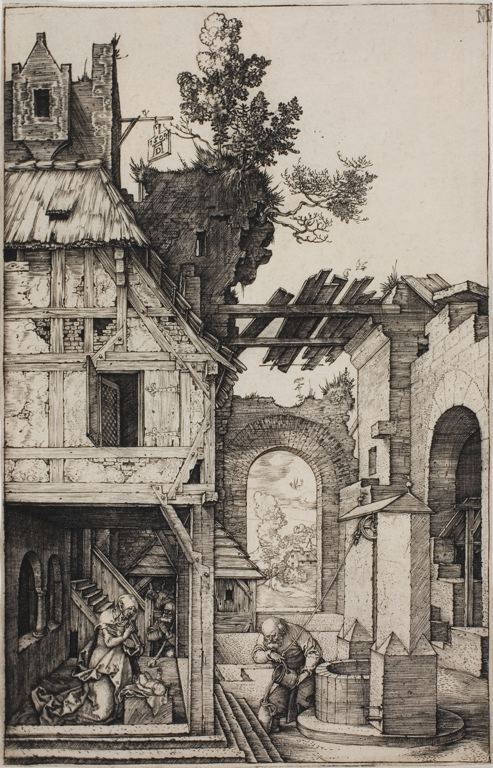by Matthew Raley At some point last September -- maybe it was the collapse of Wachovia or the meltdown of the Dow Jones average, or it could've been the suspension of the McCain campaign -- I said to myself, "You are one brilliant pastor."
I said, "Other pastors take the obvious route. They raise money for buildings when the economy is roaring, when retirees are flush with dividends, and when re-fi's and 0% credit card offers just keep on coming. But you," I said, "you go all counter-intuitive. You decide to raise money during Great Depression II."
And, as the autumn degenerated into the disasterous Christmas retail season, I used more vituperative language.
Granted, we would rather have timed this campaign to coincide with a Gipper-scale expansion of GDP. But consider some items that have helped restore my own sense of proportion.
1. The economy has not been strong in Orland for decades, yet the church has expanded ministry.
Good economic news nationally and statewide has rarely translated into good news for Orland or Glenn county. Indeed, good news elsewhere has done little but raise the cost of living here. The bubble in housing prices was great if you were about to retire in San Jose, but it priced young families out of the market locally. Add the oil price shocks and rising food prices of the last couple of years to already tightening household income, and we've been in quite a squeeze.
But for three years in a row beginning in 2004, we raised the general budget of the church by 20% per year, and met budget every time. Even in 2008, bloody though it was, December saw more than $60,000 come in above the monthly average, bringing us closer to ending the year on budget. Furthermore, congregational giving over this period has been broad-based, not the generosity of a few.
God's character has proved to be more relevant to us than the leading economic indicators.
2. Past economic distress has brought us opportunities.
Several years ago, before the real estate bubble really inflated here, one of our deacons found a 10-acre parcel with curb, gutter, sidewalk, and city sewer and water connections. The investor who had made those improvements was not able to develop the land further. So the church bought it for less than $200,000 as a future site for WestHaven, our assisted living facility.
Only a short time later, we sold most of the acreage to a Bay Area developer for more than twice what we paid for the entire parcel. The sale helped finance the construction of WestHaven's first phase, and the facility opened within a couple of years.
God has shown us that he has plans in the midst of distress.
3. The current downturn has already been a huge opportunity for North Valley Christian Schools.
The campus of NVCS sits on a corner of the 20 acres it owns on Highway 32. There is an adjacent parcel to the east with another 20 acres, and still another 20-acre parcel bordering the north. These two properties were tied up by housing developers, who were hoping to outlast the mortgage crisis and continue with their plans. But last year they gave up their options on the land, and generous donors have purchased both parcels for NVCS and the church.
60 acres, debt-free. God has again shown that what disrupts men's plans can materially benefit His.
4. There are more reasons for us to proceed with this project.
The cost of construction in some key materials is falling, especially steel. While such things are volatile, it is safe to say that it will rarely be cheaper to build than during a deep recession.
I do not believe that our faith in God's provision should make us blind to economic realities. But we have seen hard times before, and there are good reasons for trusting God to provide what we need now.

